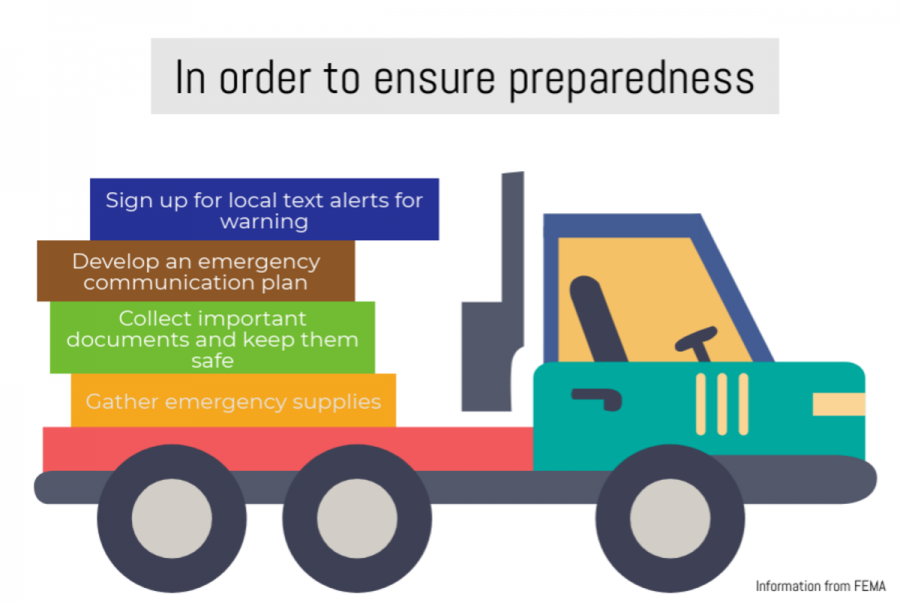Preparedness still needs to be a priority
June 1, 2018
The MVA is plotting against me. Considering the mounds of documents they required me to bring, the endless lines and the ambiguity of their website, I was sure they had a personal vendetta against me getting my learner’s permit.
In fact, it took three separate ventures into the Gaithersburg Motor Vehicle Administration just to take my permit test. First, I forgot my birth certificate. Then, I came on a day when the MVA was closed. On my final trek up to Gaithersburg, I forgot my glasses, which destroyed any chance I had of passing the vision test. My dad had to lend me his magenta-lensed, wire-rimmed prescription sunglasses. I scraped by my vision test looking like John Lennon, if John Lennon were less cool and a teenage girl.
Eventually, I realized that I could overcome every hurdle the MVA threw in my path simply by coming prepared. Now, their manipulation and mind games have nothing on me. After finally managing to get my permit, I’ve taken every opportunity to practice for my road test and log each hour I drive in my book. And when I go to the MVA to get my driver’s license, I plan on bringing my birth certificate and glasses the first time around.
As trivial as a frustrating experience at the MVA might seem, my lack of preparation is indicative of a broader issue. In our frenzy of preparing for Spanish orals and calculus exams, we fail to recognize the importance of bracing ourselves for more unexpected events. Because society is often unprepared for commonplace injuries or natural disasters, we expose ourselves to dangerous situations that we’re unequipped to handle.
In the U.S. alone, 44 percent of adults don’t have first-aid kits in their homes, a 2012 Adelphi University poll found. In elementary school, I had to limp home after falling off my scooter, bleeding and crying for a band-aid. When I got home, the medicine cabinet was out of band-aids and neosporin. My family was unprepared to treat my injury, and my knee is still scarred as a result.
This trend of unpreparedness holds true for natural disasters as well. Over 90 percent of Americans have never practiced a storm evacuation plan. Even with Montgomery County’s frequent thunderstorm and flash-flood warnings, Whitman only holds one emergency weather drill every year. As a result, 26 out of 30 Whitman students are unsure of emergency procedures, according to an informal Black & White survey.
Shifting to the west, the Canadian region of Cascadia is projected to experience a massive earthquake within the next 50 years, putting nearby towns in danger. But because of what psychologists call low risk perception—overly dismissive judgements about the likelihood of a negative occurrence—62 percent of voters in Seaside, Oregon, voted against a measure to build a school outside of the tsunami inundation zone in 2013 that could potentially save 13,000 lives.
Closer to home, my risk perception for taking my permit test was way too low. I hadn’t anticipated the way the MVA would try to sabotage me, so I didn’t effectively prepare.
There’s no need to go zombie-apocalypse-kit-buying crazy, but if we as a society don’t start taking potential risks seriously, the outcomes will be much worse than that of my almost-failed permit test.








